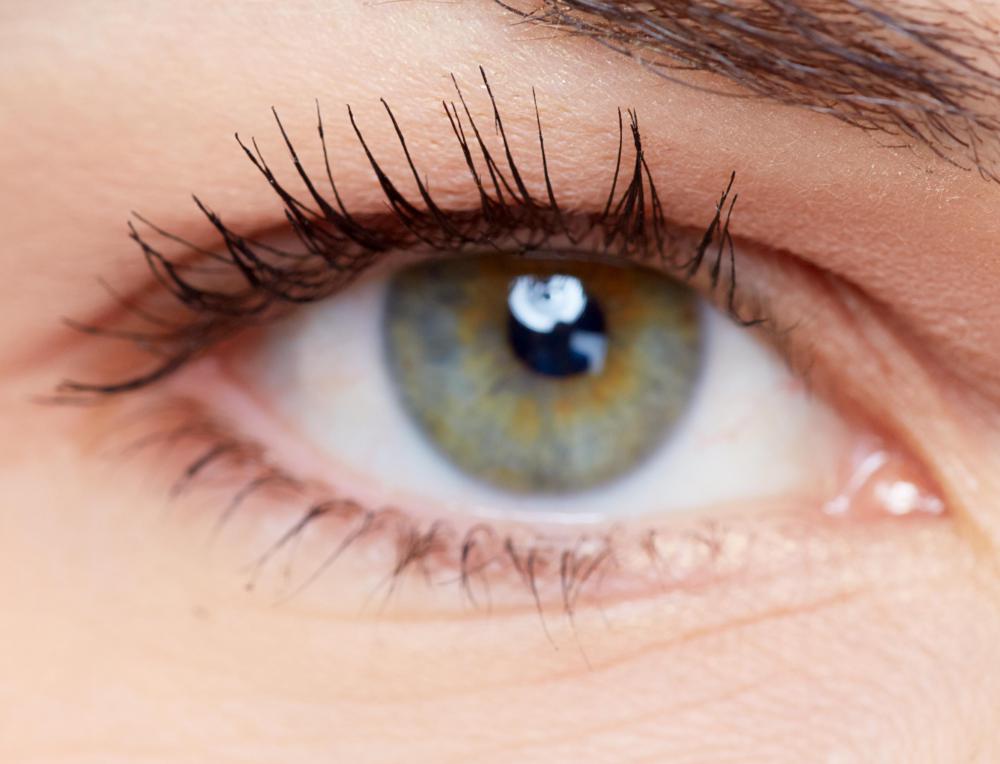At TheHealthBoard, we're committed to delivering accurate, trustworthy information. Our expert-authored content is rigorously fact-checked and sourced from credible authorities. Discover how we uphold the highest standards in providing you with reliable knowledge.
What are Alleles?
Alleles are corresponding pairs of genes located at specific positions in the chromosomes. Together, they determine the genotype of their host organism. For example, the alleles for eye color are found on chromosomes 15 and 19, and depending on which ones someone has, he or she may have blue, brown, green, gray, or hazel eyes, and sometimes a mixture of these traits is present. Alleles that determine some aspect of the phenotype, the physical appearance of an organism, are said to be “coding alleles,” while “non-coding alleles” or “junk DNA” are those which do not appear to have an impact on phenotype.
There are numerous combinations of alleles, ranging from simple pairs to complex relationships between multiple ones that determine someone's appearance. When both of the alleles in a pair are the same, they are said to be “homozygous,” while if they are different, the situation is described as “heterozygous.” In the case of homozygous alleles, the expression of phenotype is usually very straightforward. In heterozygous instances, however, the phenotype of the organism is determined by which one is dominant, meaning that the one overrides the other.

In the case of eye color, if someone inherits a blue and a brown allele, his or her eyes will be brown, because brown is a dominant genetic trait, requiring only one allele for expression. However, if that person had a child with someone who also carried a blue allele and both parents passed the blue trait down, the child would have blue eyes. This explains why blue-eyed children sometimes randomly pop up in a brown-eyed family: because someone in the family's genetic history had blue eyes.

Researchers are constantly identifying new alleles, and developing specific tests to look for certain ones, especially those linked with genetic conditions or genetic predispositions to disease. In genetic testing for conditions like Huntington's Disease, a medical lab can search for the specific spot on chromosome four where the Huntington's allele resides. Unfortunately, Huntington's is a dominant trait, so it only takes one allele to develop the condition.

Alleles are also use in DNA tests used to establish a connection between a known DNA sample and an unknown sample. Crime labs, for example, test DNA evidence from crime scenes against known DNA databases and potential suspects, and DNA tests are also used to test the parentage of children. Such testing is often extremely accurate, as long as the samples are handled properly and they are of good quality.
AS FEATURED ON:
AS FEATURED ON:














Discussion Comments
Can anyone tell me the difference between alleles and multiple alleles?
I recently heard about an interesting study involving alleles. The study used data from 550 twins and their partners and spouses looking at the variant of the gene for the vasopressin hormone, allele 334, found that men who carry this allele behave differently in relationships. The infidelity gene, allele 334, is said to determine how strong a bond a man felt he had with his partner. Could other alleles impact human behavior as well?
Could anybody give me some more information on alleles as they are referenced in Gregor Mendel's Law of Independent Assortment?
I was reading something about how alleles "assort independently" but I wasn't quite sure what that means. From what I can piece together, it seems like he's saying that any random combination of genes might wind up in the reproductive cells, but is that right?
Can anybody a little more biology-knowledgeable than me clue me in?
I learned about basic alleles when studying high school biology. We learned how to predict percentage chances of different dominant alleles using punnet squares, matrices that are named after the strawberry "punnet" baskets they look like.
Punnet squares are easy to learn and are helpful for things with only one allele to consider, though for multiple alleles they can be much more confusing to read.
Post your comments